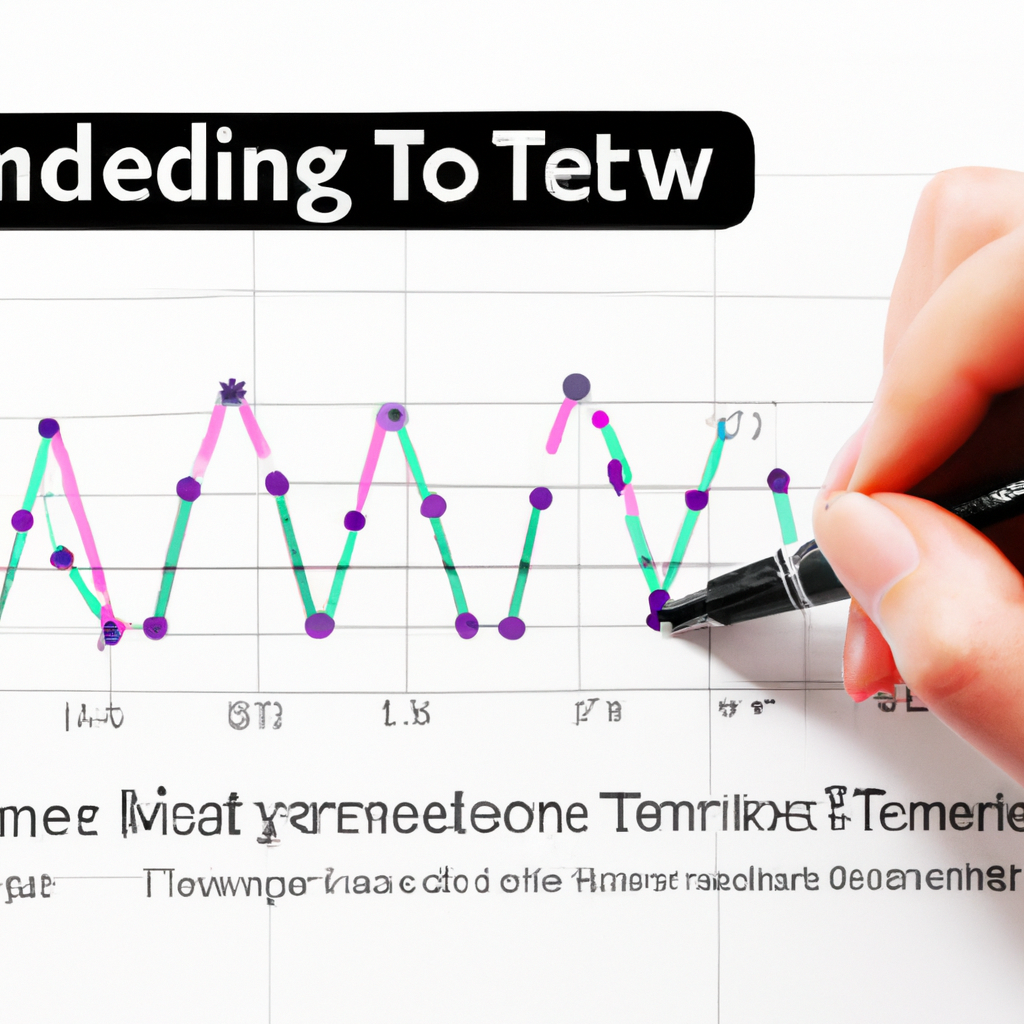
Trend Line Identification Techniques
Identifying trend lines is a crucial skill for traders and investors in the financial markets. Trend lines help to determine the direction of price movement and can be used to make informed decisions about buying or selling assets. There are several techniques that can be used to identify trend lines effectively. In this article, we will explore some of the most common methods.
1. Visual Inspection
One of the simplest ways to identify a trend line is through visual inspection. This involves drawing a straight line that connects two or more significant price points on a chart. An uptrend line is drawn by connecting higher lows, while a downtrend line is drawn by connecting lower highs. The more points that the line touches, the stronger the trend is considered to be.
2. Moving Averages
Another technique for identifying trend lines is to use moving averages. Moving averages are calculated by taking the average price of an asset over a specific period of time. By plotting multiple moving averages on a chart, traders can identify trends based on the direction of the moving averages. For example, if a shorter-term moving average crosses above a longer-term moving average, it may indicate an uptrend.
3. Fibonacci Retracement Levels
Fibonacci retracement levels can also be used to identify trend lines. These levels are based on the Fibonacci sequence and are used to identify potential support and resistance levels. By drawing Fibonacci retracement levels on a chart, traders can identify areas where a trend may reverse or continue. Trend lines can be drawn by connecting significant Fibonacci levels.
4. Trend Channels
Trend channels are another useful tool for identifying trend lines. A trend channel is created by drawing parallel lines that connect the highs and lows of a trend. The upper trend line acts as resistance, while the lower trend line acts as support. By identifying trend channels, traders can anticipate potential price movements within a defined range.
5. Price Patterns
Price patterns can also help in identifying trend lines. Patterns such as head and shoulders, double tops, and flags can indicate the direction of a trend. By recognizing these patterns and drawing trend lines accordingly, traders can make more informed decisions about when to enter or exit a trade.
By using a combination of these techniques, traders and investors can effectively identify trend lines and make more informed decisions in the financial markets. It is important to continuously monitor and adjust trend lines as market conditions change to stay ahead of the curve.





